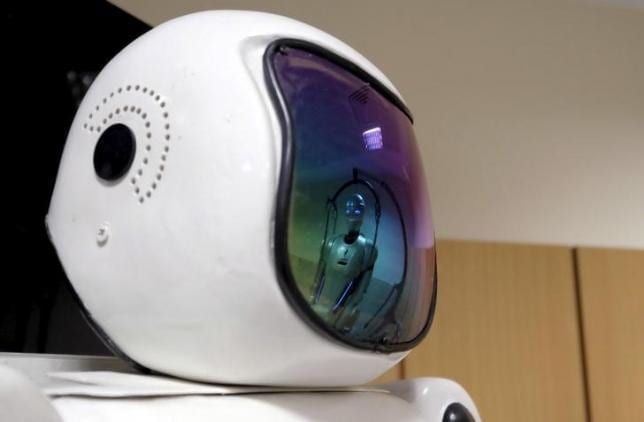From self-driving cars to military UAVs, the robotics universe is expanding with technology and innovation coalescing to fulfil a need, and few would disagree that nowhere is this more pronounced than in the US
By Sarthak Ray
The spotlight shines brightly on American companies Tesla and Google X (Alphabet, Inc), even the government contender, DARPA, and education/research institutes like the MIT, when it comes to autonomous and guided bots. From self-driving cars to military UAVs, the robotics universe is expanding with technology and innovation coalescing to fulfil a need, and few would disagree that nowhere is this more pronounced than in the US.
However, pretty much under the radar, China too has got busy exploring and adding to the world of bots. The Chinese firm LeEco, which began with a video-streaming service and now also makes mobile phones, in April unveiled the LeSEE (Super Electric Ecosystem), an electric concept-car that comes with a self-driving mode. The key question it will have to answer is how it will stack up against a Tesla Model S or a Google Chauffeur software. But the fact that LeEco is working with British marque Aston Martin for a connected car should spur some faith over the Chinese firm’s technology.
Meanwhile, Chinese companies are either already exporting or looking forward to export unmanned surface vehicles (including an armed high-speed intercept boat, for use by coast guards), the CH-901 (an unmanned aerial vehicle equipped with a warhead that is being used by the Chinese army for reconnaissance and kamikaze-style attacks), etc. What is interesting is that China is targeting Southeast Asian countries for exporting these—despite the many tensions in the South China Sea area and the fact that many of these are already being used or being tested for use by the Chinese army. The willingness to drive these exports is perhaps a pivot for China, apart from economic aid and trade, to up its influence over the region.
Perhaps the most interesting development in Chinese robotics is that the country now has a Robocop for real—or at least a prototype. In April, the state-run National Defence University, the nursery for Chinese military innovations, debuted the world’s first armed policing robot—the AnBot. Built for patrolling/riot-control, the AnBot comes with cameras and audio-recorders as well as video-screens to communicate with civilians, criminals and human police officers. The “armed” part is basically a electrical stunning weapon, similar to a taser—at present, it can be fired only by the AnBot’s remote human controllers. Where the AnBot packs a surprise is that it has autonomous navigation—it can reach speeds up to 18kph to chase criminals—and intelligent video-analysis. It is programmed to respond to cries for help and can recharge itself (the battery provides enough power for 8 hours of operation). As futuristic as it already is, the AnBot is not going completely substitute human police any time soon. Apart from being unable to use stairs (the most minor of failings, in this case), the robot, despite the degree of autonomy it has, will not be able to have the full spectrum of human and social intelligence. And like for all robotic platforms, digital intrusions are still a strong enough threat. But reducing the need for human policing and with its capability for autonomous response and audio-visual information gathering to identify persons of interest, it could be a force multiplier for any government willing to induct it.
Antibody aids
Even as the world awaits a vaccine against HIV, scientists at the US National Institute of Allergy and Infectious Diseases (NIAID) have found further evidence that antibodies could be an interim route to preventing HIV infections. Previous research had shown that antibodies harvested from HIV-infected individuals caused a drastic fall in the number of viral particles, albeit for a short while, in infected individuals who were inoculated with these antibodies. Nature reports that the NIAID researchers have shown that monkeys that received a single shot of antibodies one or two days before being exposed once a week to a chimeric virus that contained portions of HIV and its monkey-equivalent, the Simian Immunodeficiency Virus (SIV) resisted the infection for 12-23 weeks even as monkeys without the shot contracted the virus after the second or third exposure. Now, monkeys are not humans, neither is the test virus the same as HIV. But, simulating viral burden during a typical exposure in humans, the use of the chimeric virus and the fact that antibodies survive longer in humans than monkeys have together fostered the hope that till the time an effective vaccine comes about, it could be possible for humans to avoid infection for a considerable length of time.

